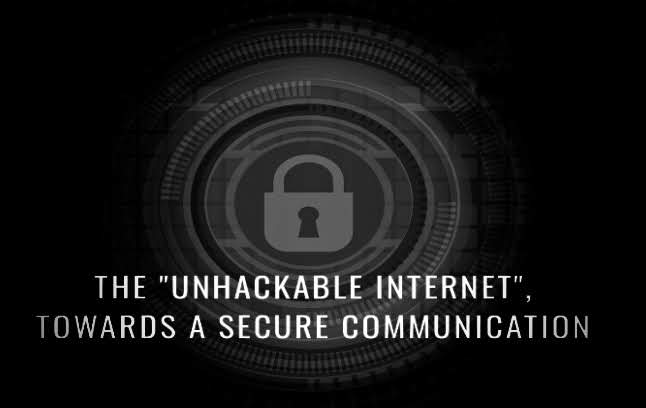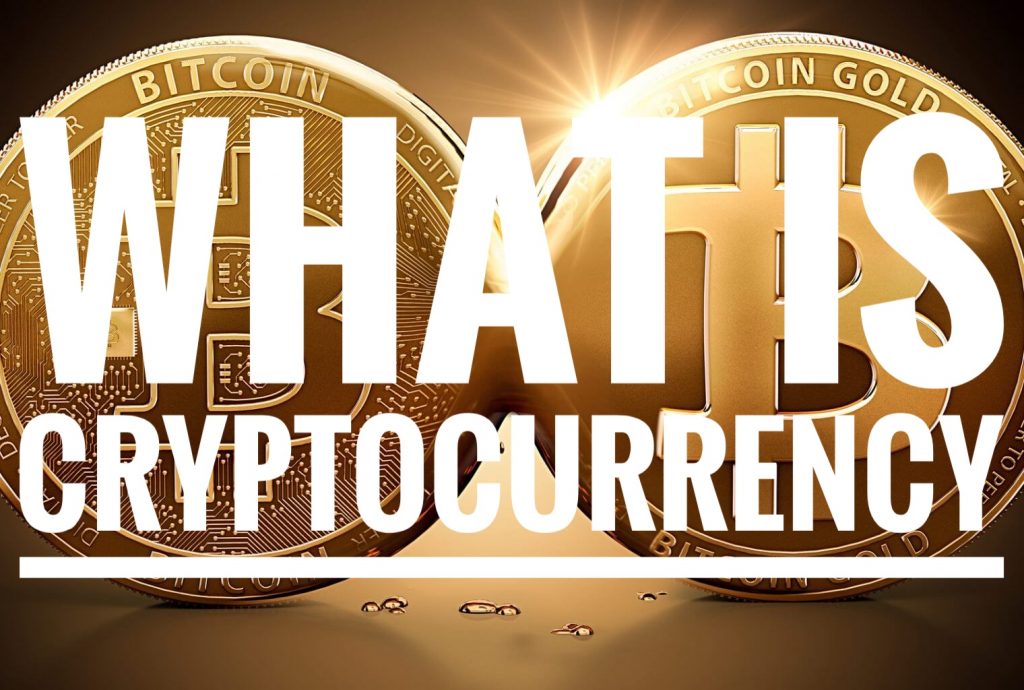A quantum web could be utilized to send unhackable messages, improve the exactness of GPS, and empower cloud-based quantum figuring. For over twenty years, fantasies about making such a quantum arrange have stayed far off in enormous part in view of the trouble to impart quantum signs across huge separations without misfortune.
Presently, Harvard and MIT scientists have figured out how to address for signal misfortune with a model quantum hub that can catch, store and entrap bits of quantum data. The exploration is the missing connection towards a handy quantum web and a significant advance forward in the improvement of significant distance quantum systems.
“This showing is a reasonable advancement that could expand the longest conceivable scope of quantum systems and possibly empower numerous new applications in a way that is inconceivable with any current advances,” said Mikhail Lukin, the George Vasmer Leverett Professor of Physics and a co-Director of Harvard Quantum Initiative. “This is the acknowledgement of an objective that has been sought after by our quantum science and designing network for over two decades.”
Each type of correspondence innovation – from the main message to the present fibre-optic web – has needed to address the way that signs corrupt and are lost when transmitted over separations. The principal repeaters, which get and intensify signs to address for this misfortune, were created to enhance blurring wire broadcast flags in the mid-1800s. After 200 years, repeaters are a vital piece of our significant distance correspondences foundation.
In an old style arrange, if Alice in New York needs to send Bob in California a message, the message makes a trip across the nation in pretty much a straight line. En route, the sign goes through repeaters, where it is perused, intensified and remedied for mistakes. The entire procedure is anytime helpless against assaults.
In the event that Alice needs to send a quantum message, in any case, the procedure is extraordinary. Quantum systems use quantum particles of light – singular photons – to impart quantum conditions of light over significant distances. These systems have a stunt that old style frameworks don’t: ensnarement.
Entrapment – what Einstein called “creepy activity a ways off” – permits bits of data to be totally connected over any separation. Since quantum frameworks can’t be seen without changing, Alice could utilize snare to message Bob with no dread of meddlers. This thought is the establishment for applications such quantum cryptography – security that is ensured by the laws of quantum material science.
Quantum correspondence over significant distances, traditional repeaters to fix data misfortune.

How might you enhance and right a sign in the event that you can’t understand it? The answer for this apparently inconceivable undertaking includes an alleged quantum repeater. In contrast to old style repeaters, which intensify a sign through a current system, quantum repeaters make a system of caught particles through which a message can be transmitted.
Fundamentally, a quantum repeater is a little, unique reason quantum PC. At each phase of such a system, quantum repeaters must have the option to catch and procedure quantum bits of quantum data to address mistakes and store them long enough for the remainder of the system to be prepared. Up to this point, has been incomprehensible for two reasons: First, single photons are hard to get. Second, quantum data is famously delicate, making it trying to process and store for extensive stretches of time.
Researchers of the Quantum Internet Alliance initiative have reported that they’re assembling the world’s first simply quantum organize. It joins new quantum repeaters that permit qubits to be passed along significant distances without being ruined or losing their superposition. The group published a paper last October spreading out their vision for an Arpanet-type quantum model extending among Delft and the Hague before this current decade’s over. (Here’s an extraordinary explainer.)
Think about a coin. Lay it level on a table and it will be either heads or tails. This is pretty much how things work on the planet at bigger scopes. To perceive what things resemble at an a lot littler, quantum size, turn the coin and watch it from above. From that viewpoint, the coin’s state could be portrayed as being both head and tails simultaneously. Being in this quickly changing condition resembles being in “superposition” in quantum material science.
To see, or measure, the coin’s head/tails state at some random second, you’d need to stop it turning. In this way estimated, the coin would be removed it from superposition. Much the same as trapped quantum particles.
In registering frameworks, information objects are spoken to by bits. These strings of information are included zeros and ones (heads or tails). In the quantum world, be that as it may, what should be spoken to is the “turning coin” of superposition in its so far uncertain state. So quantum registering utilizes “qubits” rather than bits.
Having the option to speak to information with qubits objects that breakdown out of superposition in the event that they’re blocked or altered is an alluring possibility for an undeniably security-cognizant world, a characteristic establishment on which to construct a super-secure quantum web.
All things considered, qubits are definitely more perplexing than bits, and in this manner harder to process and trade. Far and away more terrible, our turning coin will, in the long run, quit turning and resolve as heads or tails. This makes holding and trading qubits in superimposition a genuine test. While there are different mixes of traditional and quantum webs and encryption keys viable and development, they all offer a requirement for the strong, precise transmission of qubits over significant distances.

